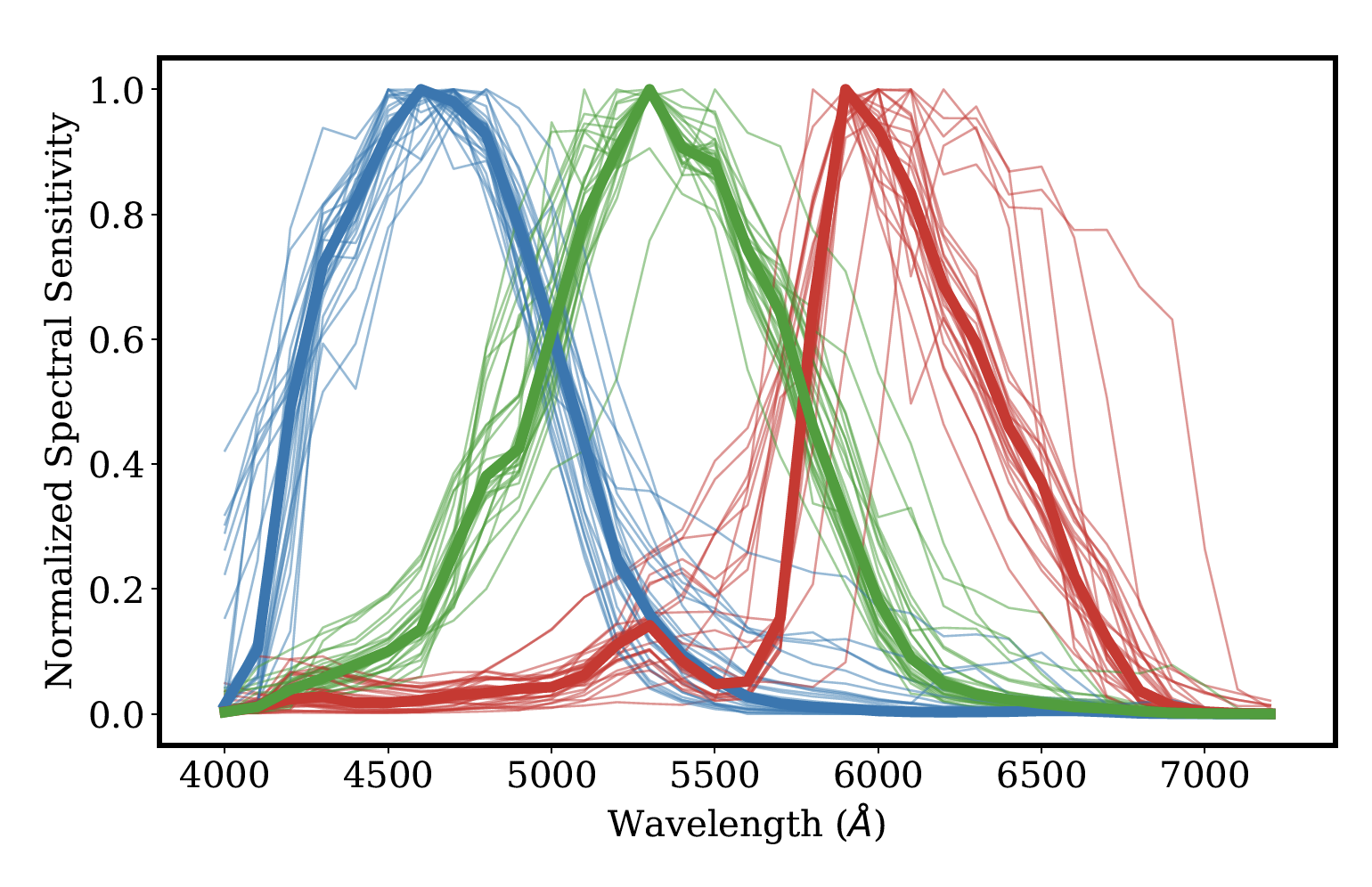By Jaime Zamorano & Rafael Fuentetaja
Light pollution is estimated from nocturnal measures of sky brightness and color. The research teams use cameras with astronomical color filters. These professional devices are very expensive and this is why only some astronomical observatories are using this kind of instrumentation.
For instance in “Evolution of Brightness and Color of the Night Sky in Madrid” (2021) José Robles, Jaime Zamorano et al. , Remote Sens. 2021, 13(8), 1511; https://doi.org/10.3390/rs13081511 we have analyzed the evolution of light pollution in a big city using a professional expensive astronomical camera inside Madrid.

Figure 1. Images of Madrid at night taken from International Space Station (ISS) in 2011 (left) and 2017 (right). The area marked in white on the 2011 image is reproduced with greater detail in the 2017 image. The red circle marks the position of the Astronomical Observatory of Universidad Complutense de Madrid. Images from NASA Gateway to Astronaut Photography of Earth [24] https://citiesatnight.org/ (accessed on 9 April 2021).
AZOTEA citizen science project was designed to monitor sky brightness and color of the sky using consumer grade cameras. The number of potential locations to be monitored has been multiplied. The measures and results of AZOTEA are based in the RGB (for Red, Green and Blue) channels of the citizen cameras. Transforming to astronomical photometry is not an easy task and it is difficult to compare professional and citizen results.
This is why we have developed a new photometric system based in the RGB channels of the citizen cameras. A direct comparison among different places in absolute photometry is now possible and we can calibrate the results of the AZOTEA collaborators.

Figure 2. Response curves of some consumer grade cameras and the final curves (in thick lines) used for the new photometric system.
More info in “Synthetic RGB photometry of bright stars: definition of the standard photometric system and UCM library of spectrophotometric spectra” (2021) MNRAS (2021) https://doi.org/10.1093/mnras/stab997 by Nicolás Cardiel, Jaime Zamorano et al.
Link to accepted paper (https://arxiv.org/abs/2103.17009)

